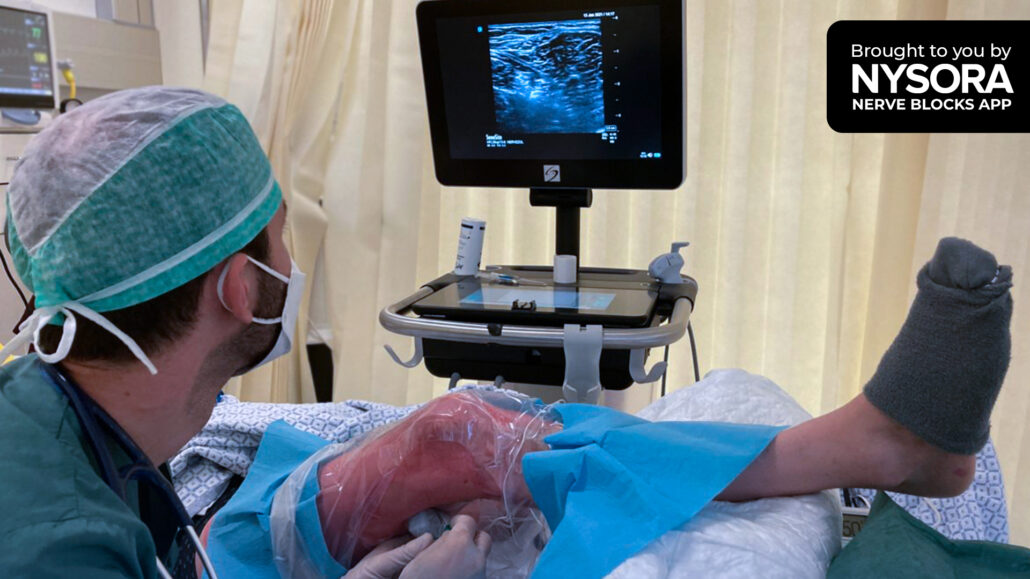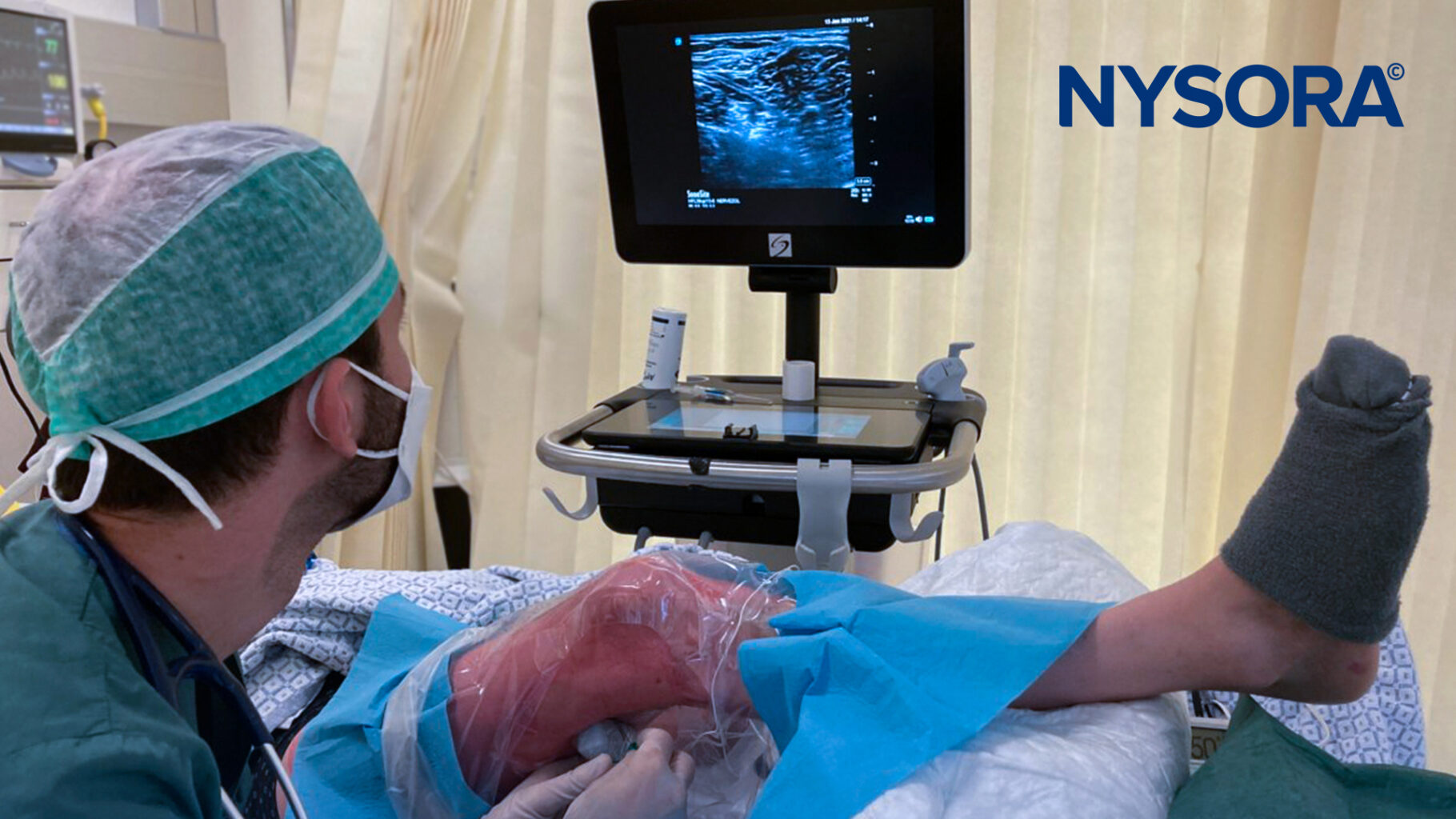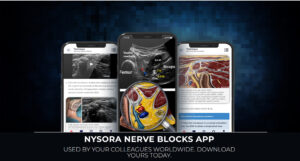
Peripheral Nerve Blocks for Pain Management in a Diabetic Patient with Foot Gangrene: A Case Study
We present a case study of a 69-year-old patient with a long history of diabetes mellitus who presented with foot gangrene and required wound debridement, and possibly amputation. The patient’s hemodynamic stability and absence of systemic infection allowed for the consideration of general anesthesia. However, postoperative pain management posed a challenge due to the potential need for opioids and associated risks. To mitigate these risks, the utilization of peripheral nerve blocks was explored as an alternative approach. Specifically, a popliteal block with ropivacaine 0.5% and a femoral triangle block for saphenous nerve territory coverage were performed, allowing for effective pain management and avoiding airway instrumentation, intubation, and mechanical ventilation. This case highlights the potential benefits of nerve blocks in providing prolonged pain relief and reducing the need for systemic opioids.
Diabetic patients with foot gangrene often require surgical interventions such as wound debridement and amputation. While general anesthesia is a feasible option for most hemodynamically stable patients, postoperative pain management can be challenging due to the inevitable requirement for opioids. This paper explores the use of peripheral nerve blocks as an alternative approach to pain management in such cases, with a focus on a diabetic patient presenting with foot gangrene.
A 69-year-old patient, 156 cm tall, weighing 90 kg, with a long history of diabetes mellitus, presented with foot gangrene and was scheduled for wound debridement and potential amputation. The patient’s hemodynamic status was stable, and no signs of systemic infection were observed. Relevant medications included insulin and low-molecular-weight heparin, which had been discontinued 48 hours prior to the procedure. Airway assessment indicated Mallampati Class 2 (MP 2).

In diabetic patients with foot gangrene, postoperative pain management without nerve blocks often necessitates the use of opioids, which carries inherent risks. However, the implementation of standardized peripheral nerve blocks can provide an effective alternative while avoiding airway instrumentation, intubation, and mechanical ventilation. By performing a popliteal block with 20 mL ropivacaine 0.5% and a femoral triangle block for saphenous nerve territory coverage using ropivacaine 0.5%, complete pain management for 24+ hours was achieved. The addition of a slow-release local anesthetic on a compassionate basis can be truly lifesaving in certain cases.

Peripheral nerve blocks offer a valuable approach to pain management in diabetic patients with foot gangrene undergoing surgical interventions. By utilizing nerve blocks, prolonged pain relief can be achieved, reducing the reliance on systemic opioids and mitigating associated risks. This case study emphasizes the potential benefits of nerve blocks in improving patient outcomes and encourages further exploration of these techniques.
For a comprehensive guide to clinically applicable nerve blocks and additional case studies, we recommend downloading the NYSORA’s Best-Selling Nerve Blocks App, available for reference and further study. Don’t miss the chance to get the bestselling NYSORA Nerve Blocks App also in book format – the perfect study companion with the Nerve Blocks app!




